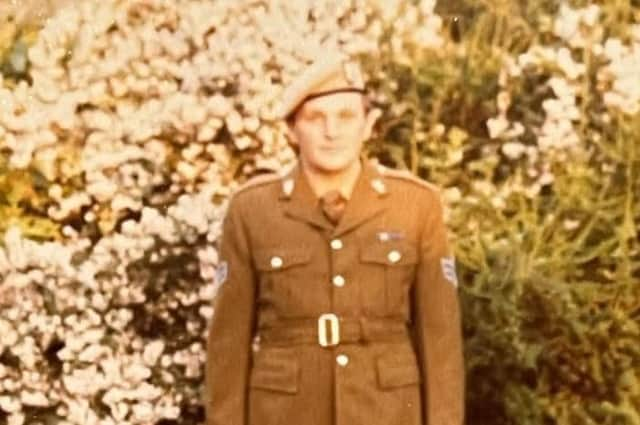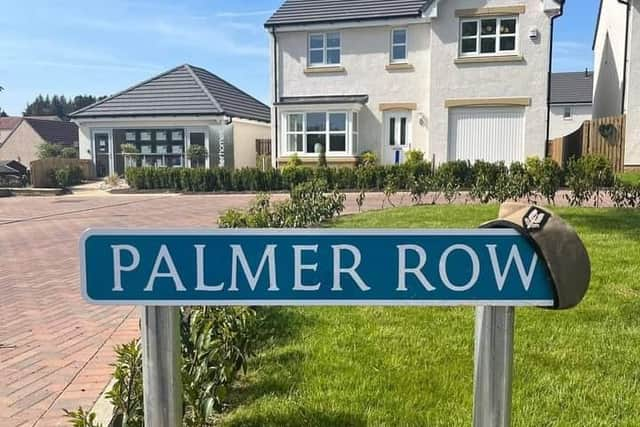Street name recognition for Falkirk district SAS hero Tommy Palmer


Sergeant Tommy Palmer was one of 32 members of the SAS who entered the Iranian embassy in London on May 5, 1980 to put an end to the siege which saw six men take 26 hostages in a situation that lasted six days.
Until now, there has been nothing by which to remember Tommy locally, but thanks to a decision to name one of the new streets in the Miller Homes development on the site of the old Maddiston fire station - Palmer Row - he has been recognised in the village.
Advertisement
Hide AdAdvertisement
Hide AdChristine Cullen, Tommy’s cousin who he lived with after leaving a children’s home at the age of 16, is pleased there is finally something locally recognising him and his achievements. She said: “We heard they were considering naming a street at the Maddiston development after Tommy a while back as we had been asked to provide some more information about him, but then it all went quiet. It wasn’t until we saw a post on a local Facebook page that we learned they had actually named a street after him. It’s nice to have him honoured in this way.” His daughter has been to see the newly installed street sign on a recent visit.


Tommy Palmer was one of two local soldiers who were part of Operation Nimrod. The other being John McAleese, who has a memorial statue in Laurieston. The pair were firm friends having both been in the Royal Engineers and joining the SAS at the same time.
During the operation the regiment stormed the building in an assault broadcast to millions live on television. After abseiling down from the roof onto the second-floor balcony, CS gas canisters thrown through the window set fire to the curtains on the room Tommy was to enter with his headgear set alight too. Discarding his protective hood and gas mask, he smashed through the window to be confronted by one of the terrorists. Raising his MP5, the gun jammed before he quickly dropped it and took out his pistol. After 17 minutes the raid was over with the troopers rescuing all but one of the remaining hostages and killing five of the six hostage takers. Tommy was awarded the Queen’s Gallantry Medal in 1981 for his part in ending the siege.
During his early years Tommy ended up in a children’s care home at the age of eight. On leaving he went to stay with Christine and her family.
Advertisement
Hide AdAdvertisement
Hide AdHe signed up for the Army in 1970, joining the Royal Engineers, but in 1973 he applied to join the Special Air Service (SAS). He didn’t get in the first time he applied, however he tried again and became one of their youngest recruits at 22. He spent time in Oman in the mid-70s, in Northern Ireland and in the Falklands. Sadly, Tommy was killed in a car crash in Northern Ireland while on a covert operation in February 1983, aged just 31.
As well as the street name locally in his honour, the Royal Engineers have recently announced the creation of a legacy award in his name.